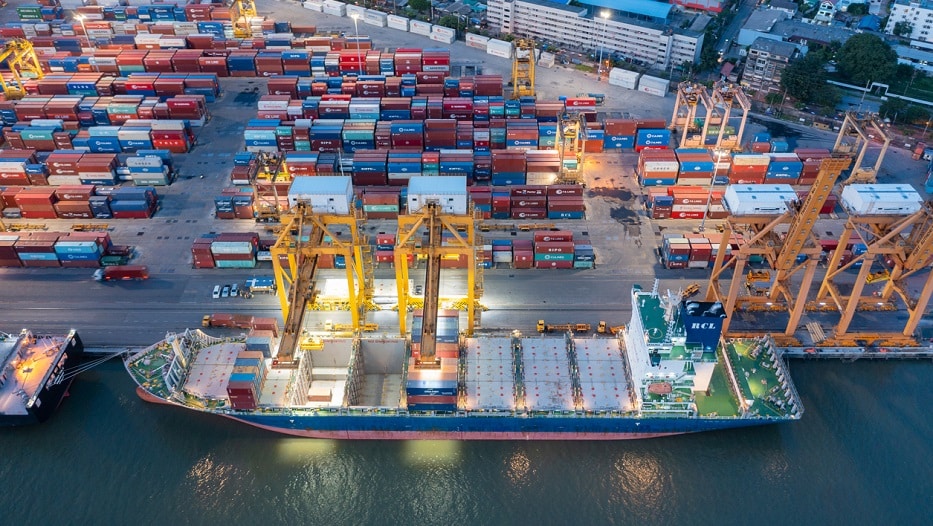Project Cargo: Insurance Policies and Gaps
Julia Maria Gomez de Avila Segade | 18/07/2023
Types of policies for Project Cargo:
In Project Cargo we can differentiate two types of policy:
- Policies that are limited to transportation coverage of goods
- And those that also provide Delivery Start Up (DSU) coverage
Project Cargo Policy with exclusive coverage for the transport of Goods
The company or consortium that carries out the project and contracts the policies limited to the coverage of the Transport of Goods is exclusively covering physical damage to the goods. This policy will coexist with other types of coverages, such as that acquired by the logistics operators or effective carriers of the cargo. In most cases, the Project Cargo Transportation policy is considered the primary policy.
Project Cargo Policy with coverage for the transport of Goods + DSU
Its purpose is, in addition to covering the physical damage to the cargo, to protect the Insured Party against the possible economic loss caused by a delay in the commencement of the project, provided that this delay is a consequence of a claim that occurred during transport.
Insurance gaps
Gap 1: Delays in the commencement of a project and exclusive coverage of goods transport
Knowing all of the above, under the type of Project Cargo policy with exclusive transportation coverage, what would happen if, due to an accident, critical equipment is damaged, whose replacement period delays the commencement of the project, with the consequent loss of profits for the insured party? In this case, the economic loss due to a delay in the commencement of the project would not be covered by the transport policy, but nor would it be by another type of policy such as the Construction of the project, since the damages had been caused during transportation. Clearly the coverage purchased and the actual coverage results in an Insurance Gap.
However, this Gap would not exist if the Insured Party had opted for a Project Cargo Policy with Transportation + DSU coverage. Therefore, adequate advice to the Insured Party is essential.
Gap 2: Delay in project due to logistical problems
These last few years have been a challenge for underwriters of this type of risk. The COVID-19 pandemic led to the closure of certain ports in countries that are vitally important in the supply chain, such as China. The post-pandemic period has involved logistical congestion; the war in Ukraine or inflation has made the way of operating have to change substantially and has made close communication, transparency and collaboration between the actors involved in the Project Cargo become an absolute priority.
As a result of these facts, insurers have experienced complicated situations, with accumulations of goods in ports or in the intermediate storage facilities, which have in some cases resulted in delaying the commencement of a certain project. Would it be feasible to make a claim under DSU coverage? It would not be possible. Delivery delays are not covered under a policy for Transportation of Goods. Let’s remember that in order for DSU coverage to be activated in a Project Cargo policy, it must be a consequence of a claim covered under transportation coverage.
Gap 3: Storage inherent to transport
Finally, we must put a special focus on the warehouses or storage areas enabled. Storage inherent to transportation has a defined and determined time in the policy. In my experience, these periods, in the event of certain contingencies, were insufficient, so situations can arise in which Transportation coverage is considered terminated. However, the equipment could not be delivered, so another type of coverage could not be activated, such as the one that can be granted, for example, the Construction policies. Here we also have another clear example of an Insurance Gap.
Conclusions
We have mentioned the Construction coverage several times, and this is because both coverages – Construction (CAR) and Transportation (Cargo) – are closely related during the project, whereby sometimes in the event of a claim, it is difficult to determine which coverage is applicable. For this purpose, it is important to include the 50-50 Clause within the coverages of the policy, so that, if it cannot be clearly established whether the damage was caused – before or after the arrival of the goods at the project site – both CAR/CARGO Policies, and after agreement, will assume the loss at 50%.
To anticipate these situations, we return to the maxim of these projects. The smooth communication and interaction between the insured party, insurer and risk inspectors is essential; knowing the situation of the equipment at all times and having the support of our appointed inspectors to evaluate the situation in order to be able to grant a solution to our insured party.
In conclusion, I can say that my experience at MAPFRE Global Risks in this type of risk has historically been magnificent, the companies we insure are leaders in the energy and industrial sector, with experience and professionalism, which makes our work easier. For success to be complete, we cannot set aside the maxim in the underwriting of these risks: fluid communication between the parties involved in the project, clear information, planning and control, because the greater the uncertainty, the higher the premium and the lower the capacity.







